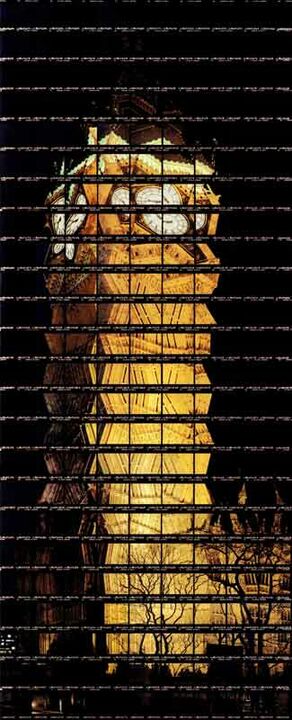Sir Charles Barry (1795–1860)
Sir Charles Barry was an English architect, best known for his role in the rebuilding of the Palace of Westminster (The Houses of Parliament) in the city of London.
Born in Bridge Street, Westminster, Barry was educated privately before being apprenticed to a Lambeth surveyor at the age of 15. Upon the death of his father (a stationer), he inherited a sum of money that allowed him to travel extensively around the Mediterranean and Middle-East (1817-20). His travels in Italy exposed him to Renaissance architecture and apparently inspired him to become an architect.
His first major civil commission came in 1824 when he won a competition to design the new Royal Manchester Institution for the promotion of Literature, Science & Arts (now part of the Manchester Art Gallery)
Following the destruction by fire of the existing Houses of Parliament on 16 October 1834, Barry won the commission in 1836 to design the new Palace of Westminster, working with Pugin on the Gothic-influenced building.
Awards and recognition for Sir Charles Barry
- Barry was elected Associate of the Royal Academy in 1840,
- He was recognized by the main artistic bodies of many European countries, and was enrolled as a member of the academies of art in Rome, Saint Petersburg, Brussels and Stockholm.
- Fellow of the Royal Society in 1849.
- Awarded the RIBA Royal Gold Medal in 1850.
- Knighted in 1852.
- Sir Charles lived and died at a house, "The Elms", in Clapham Common North Side, London
Three of Sir Charles Barry's four sons followed in his career footsteps. Eldest son Charles Barry (junior) designed Dulwich College and park in south London and rebuilt Burlington House (home of the Royal Academy) in central London’s Piccadilly; Edward Middleton Barry completed the Parliament buildings and designed the Royal Opera House in Covent Garden; Sir John Wolfe-Barry was the engineer for Tower Bridge and Blackfriars Railway Bridge.
Important Buildings by Sir Charles Barry:
- Westminster Palace (The Houses of Parliament)
- & Big Ben
- the Royal Sussex County Hospital, Brighton
- the Royal College of Surgeons, London
- the Manchester Athenaeum
- Stand All Saints Church, Whitefield, Manchester.
- the Reform Club, London
- King Edward's School, New Street, Birmingham
- remodelling of Kingston Lacy, Dorset
- the Trafalgar Square precinct
- remodelling of Trentham Hall and creation of its Italianate gardens, north Staffordshire
- remodelling of Highclere Castle, Berkshire
- remodelling of Harewood House, Yorkshire
- HM Treasury building in Whitehall
- Bridgwater House, London
- Cliveden House in Buckinghamshire
- Gardens of Dunrobin Castle near Golspie, Scotland
- Shrubland Hall gardens, Suffolk
- Barristers' chambers at 1 Temple Gardens in Inner Temple
- restoration of Gawthorpe Hall, near Burnley, Lancashire
- Halifax Town Hall, West Yorkshire









